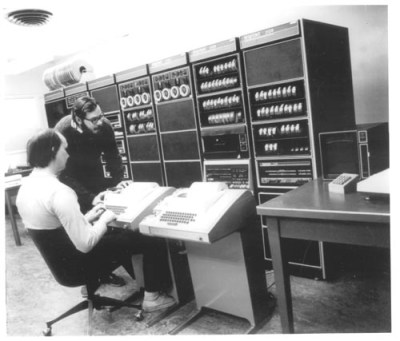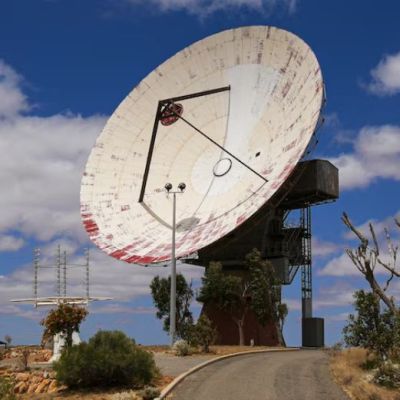During the Cambrian Explosion of cellphone form factors at the turn of the millenium, Nokia reigned supreme. If you’d like to see what they were doing behind the scenes to design these wild phones, you’ll love the Nokia Design Archive from Aalto University.
Featuring images, presentations, videos and a number of other goodies (remember transparencies?), this collection gives us some in-depth insight into how consumer products were dreamed up, designed, and brought to market. Some projects require more reading between the lines than others as the Archive is somewhat fragmented, but we think it could still be an invaluable peek into product design, especially if you’re working on projects that you want to be usable outside of a hacker audience.
The Archive also includes approximately 2000 objects including many unreleased “unknown” models and prototypes of phones that actually did make it into the wild. While we’d love to get our hands on some of these devices IRL, having images with reference colors is probably the next best thing. Having replaced a number of smartphone screens, we hope more hackers take up the buttons and indestructible casing of these elegant devices for a more civilized age.
Thanks to [Michael Fitzmayer] for the tip! Be sure to checkout his work on Nokia N-Gage phones, including an SDK if you too love to taco talk.



















